Votre panier est vide !
La prévisualisation du panier, ne peut pas fonctionner sans Javascript d'activé !
Every year, in addition to its almost immutable parade of stars, the sky graces us with a few special events that are not to be missed. And 2020 is certainly the year of the planets!
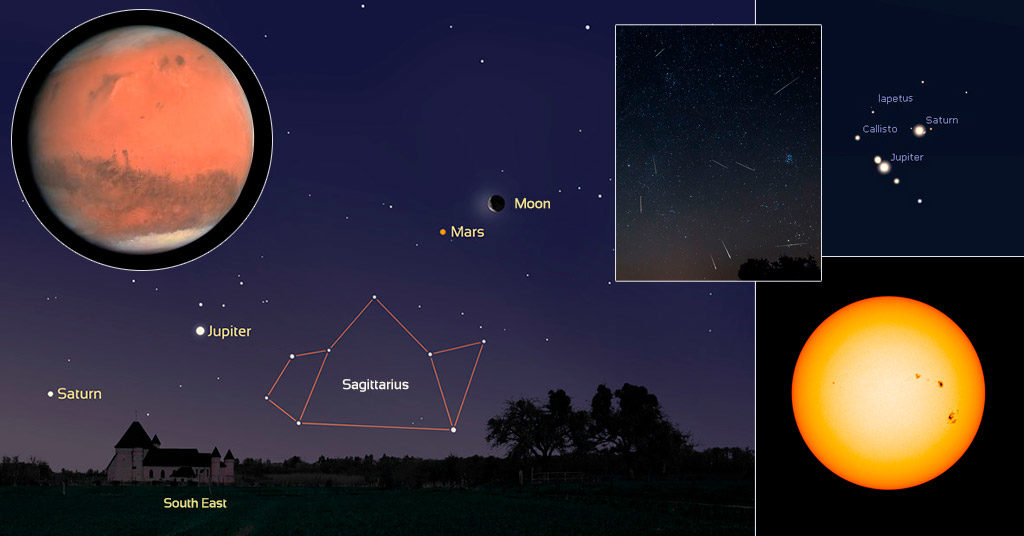
There are the usual celestial sightings—and then there are those that happen once in a blue moon for which we wait impatiently… In 2020, the sky gives us the opportunity to observe in excellent conditions the planet Mars from the Northern Hemisphere—something that will not happen again until 2035! But that’s not all: all year long, planetary conjunction will occur multiple times, with the last and most certainly not least on the evening of December 21st… though we cannot forget the grand family reunion happening in July!
And what’s more? The Sun and shooting stars should give us some great opportunities to have our eye in the sky… And who knows, perhaps a dazzling comet will bestow us with a surprise visit?
Now it’s time to discover the high points of 2020, the year of the planets!
During a month and a half, don’t forget to look up when you’re having your breakfast! A procession of planets will perform a most exquisite choreography over the southwestern horizon.
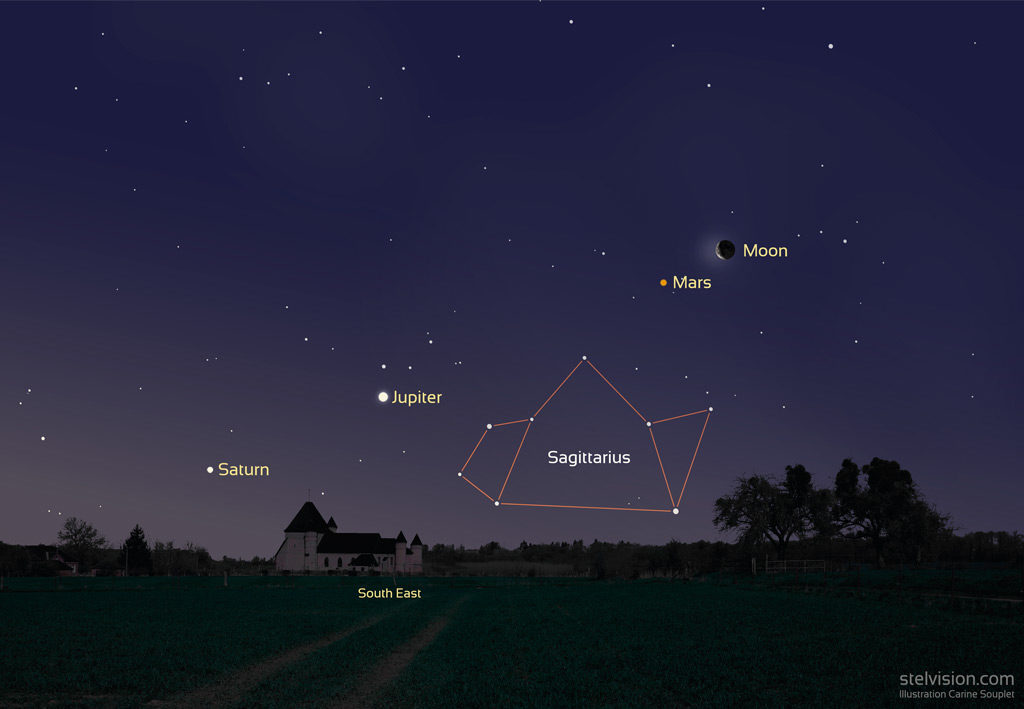
And what do we find at the forefront? Mars, the Red Planet! Then comes Jupiter, Saturn, and even Mercury for a short moment. The point of departure: the magnificent alignment on February 18th (above), completed by a waning crescent Moon. The two gas giants then catch up to Mars, which brings forth one conjunction right after another: Mars-Jupiter on March 20th and Mars-Saturn on March 30th and 31st!
In July, two giant planets will be at opposition, which means they’ll be aligned with Earth and the Sun: Jupiter the 14th and Saturn the 20th. These moments of alignment mean that they’re the closest to us and therefore the best time to observe the planets.
July is also the month where you can complete your planet marathon! On July 23rd and its surrounding days, all the planets in the Solar System will be simultaneously available right before the end of the night. Even Pluto, the demoted planet, will be there! Will you rise to the challenge to see them all? We will do whatever we can to help you make this happen!
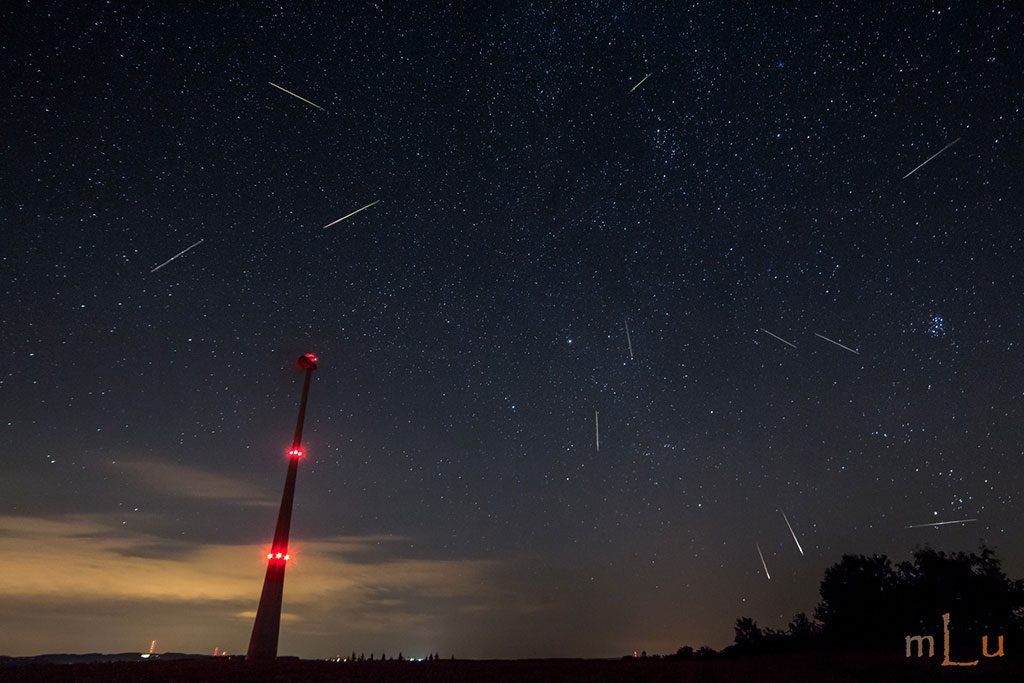
Every year, it accompanies our summer nights of reverie: the Perseid meteor shower will once again be something to see in early August! And good news for the early-to-bed, for the Moon will be absent just after twilight. It will therefore be perfectly dark early in the night.
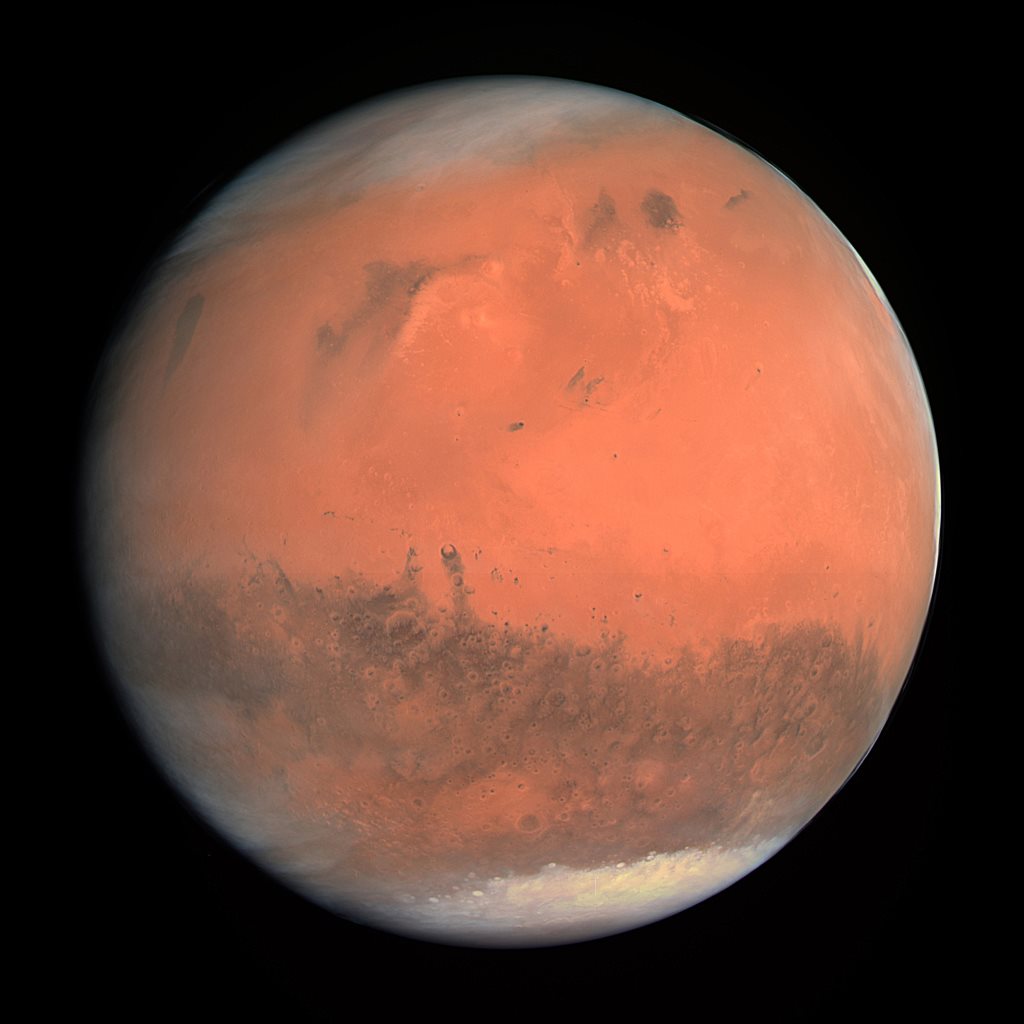
On October 6th, 2020, Mars is at close approach to Earth and on October 13th, it is at opposition. The conditions around this date are therefore the best to observe it: the altitude of the Red Planet from the Northern Hemisphere is fantastic for observation and its apparent diameter will attain almost 23 arcseconds, which is great for highlighting its surface details.
And take advantage of it, for such good conditions (elevation over the horizon and apparent diameter) will not happen again before 2035!
While the Geminid meteor shower is much less known than Perseid, is just as interesting. 2020 is definitely the year for this extremely active shower (with up to 120 meteors per hour), for it will benefit from excellent observation conditions from December 12th to the 14th due to the absence of the Moon in the night sky. The only drawback? Nights are quite a bit nippier than those for observation of the Perseids in August!
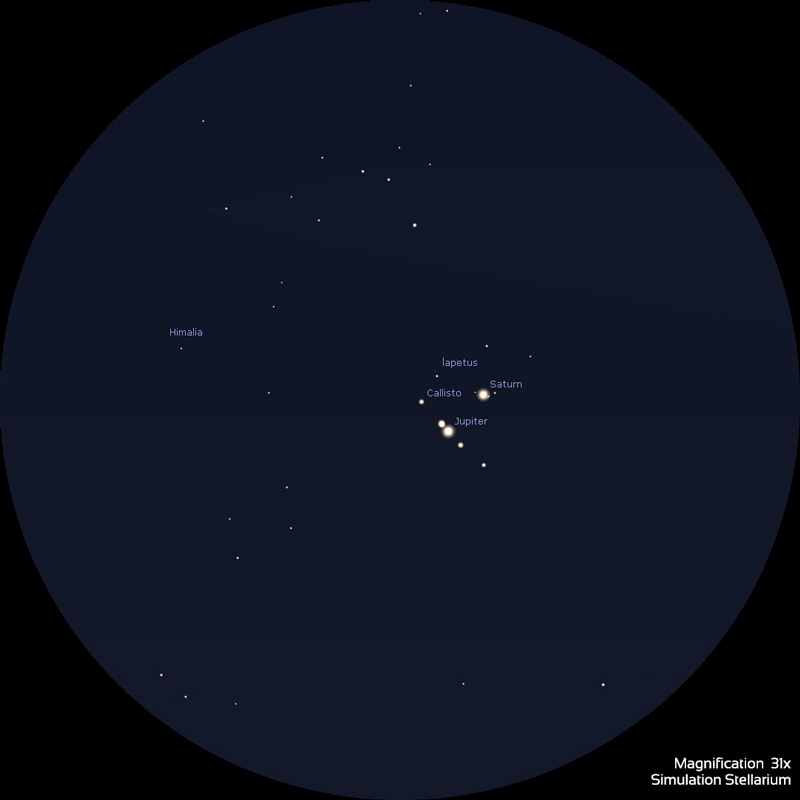
This spectacular celestial conjunction with just 6 arcminutes between Saturn and Jupiter on the evening of December 21st will be visible on the southwestern horizon! While a remarkable sight to the naked eye, this conjunction is likely to be simply fantastic to observe with a telescope—for it is a rare occurrence to see these two planets in the same field of view!
According to some observations made towards the end of 2019, it appears that the Sun has indeed begun its new solar cycle. As a result, it’s now possible to observe its surface sunspots, which were something relatively rare to see since 2018! In 2020, there will still be just a few, though they will continue to increase until they reach their expected maximum in 2025.
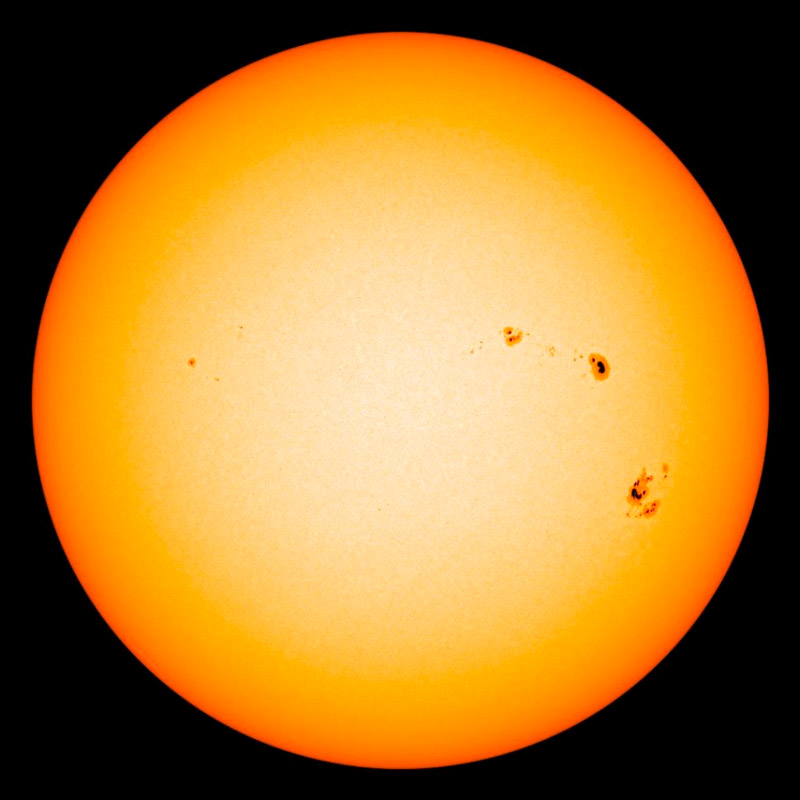
Observing the Sun is easier to do since it occurs in the middle of the day. But don’t throw caution to the wind—it’s important to always fit your telescope with a special filter to avoid ruining your vision. But once you’re fully equipped, it’s often thrilling to follow its activity day by day, or even hour by hour!
The Stelvision team would like to wish you a very happy 2020 !
La TVA est calculée en fonction du pays de livraison, pour les pays de l’Union Européenne. À votre arrivée sur le site, nous nous efforçons de déterminer automatiquement votre pays mais cela ne fonctionne pas toujours. Vous pouvez préciser le pays de livraison sur la page “panier” ou lors de la finalisation de votre commande.
Nous avons mis à jour le prix TTC en fonction du taux de TVA applicable dans le pays de livraison
Pour une livraison hors Union Européenne, les prix indiqués sont hors taxes et hors droits de douanes éventuels. Des taxes et droits peuvent vous êtes réclamés à la livraison.
Nous vous invitons à consulter la réglementation propre à votre pays pour en connaître le montant, en fonction de la catégorie de produit concernée (livres, matériel optique etc.)